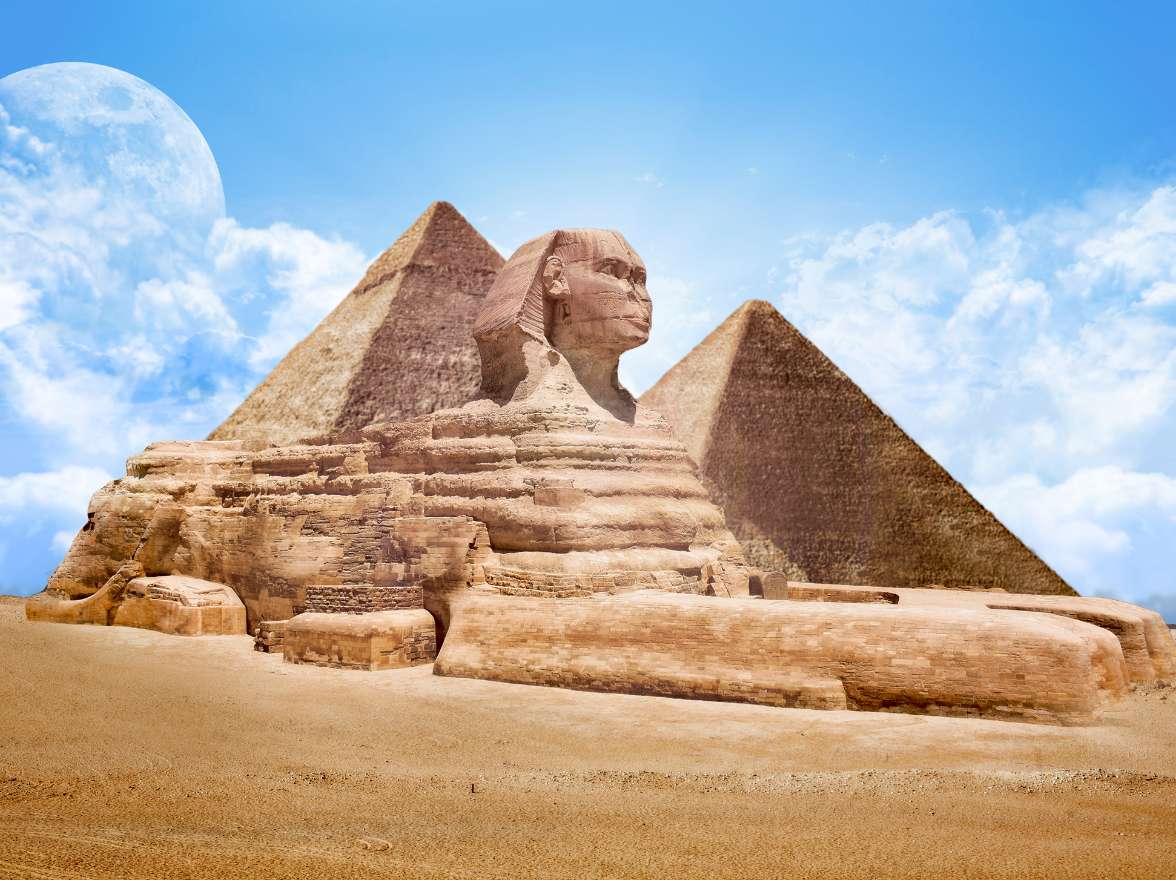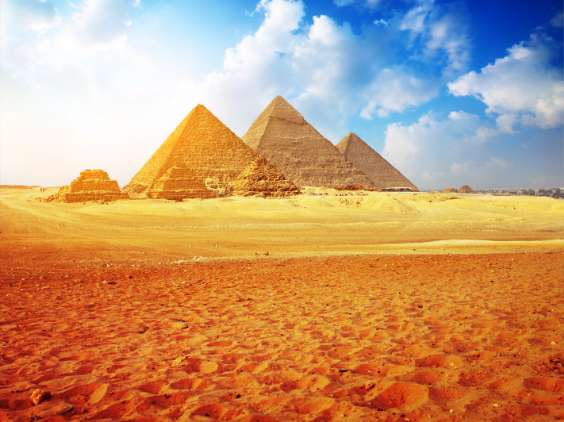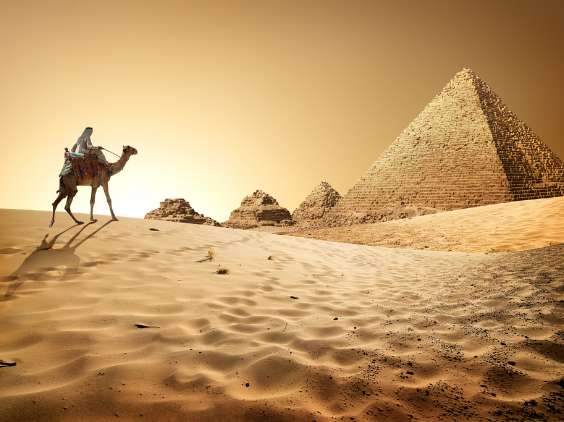

Cairo
- Cairo
- Memphis
- Sakkara
- Dahsur
- Nile Felucca Ride

Get our assistance for easy booking
Want us to call you?Inclusions
Detailed Itinerary
Day 1
-
INCLUDED
Flight
Hotel
Transfer
Meals
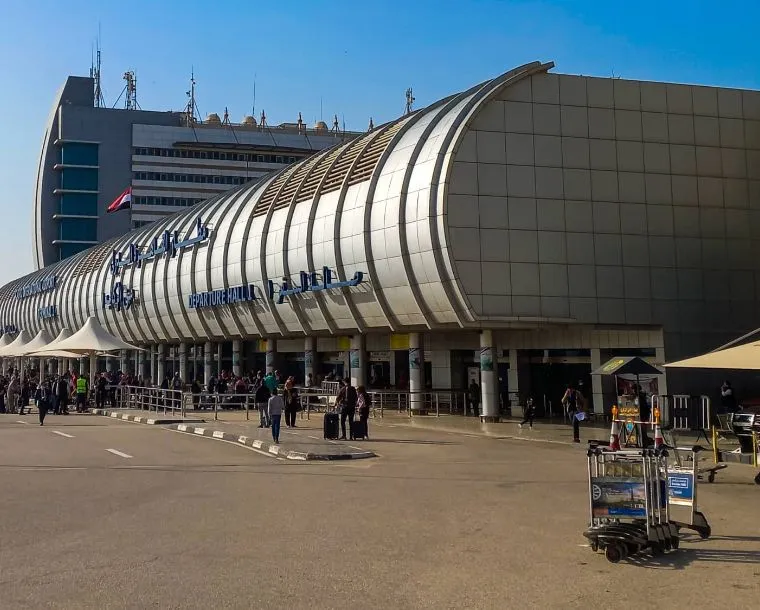
Welcome to Egypt
On arrival at Cairo International Airport you will be met by our local representative and you will be transferred to the hotel.
Day is free, for you to explore the city at your own pace.
Cairo, Egypt’s sprawling capital is set on the Nile River. At its heart are Tahrir Square and the vast Egyptian Museum, a trove of antiquities including royal mummies and gilded King Tutankhamun artifacts. Nearby, Giza is the site of the iconic pyramids and Great Sphinx, dating to the 26th century BC. In Gezira Island’s leafy Zamalek district, 187m Cairo Tower affords panoramic city views.
Overnight in Cairo.
Day 2
-
INCLUDED
Hotel
Transfer
Meals
Sight Seeing
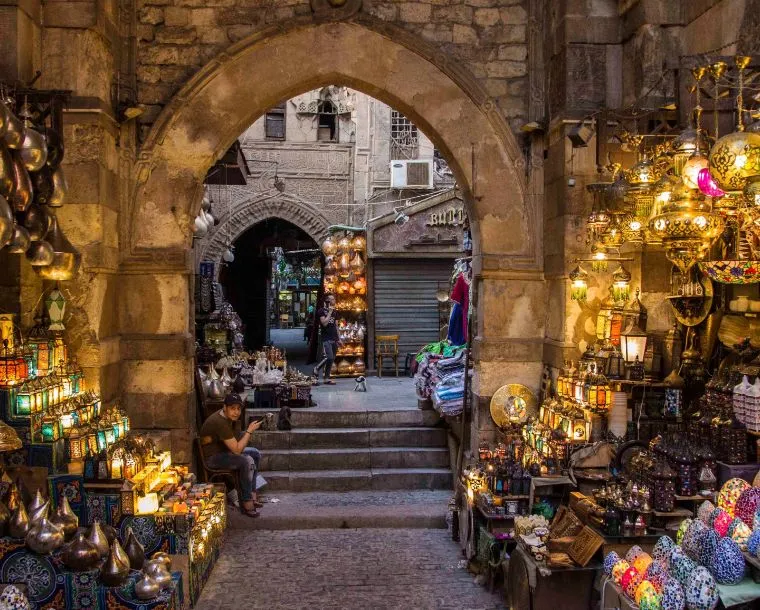
Breakfast at the hotel. Today you will have a full glimpse of the most iconic pyramids in the world and the beautiful city of Cairo with the full day Cairo and Pyramids tours. You will also visit the Egyptian Museum and El Khalili Bazaar.
After hotel pick up in a minibus together with your guide, you will be taken to the Pyramids (entrance fee not included) which are the oldest and only surviving members of the ancient wonders. Out of the 10 pyramids at Giza, the 3 largest and best preserved were built at the beginning of Old Kingdom. The most well-known pyramid, 'The Great Pyramid', was built by Pharaoh Khufu in about 2600 B.C. It is 479 ft high and was built from over two million blocks of stone. You will also go on a tour of Cairo, considered to be the cradle of civilization and beacon of religion. The largest city in the Middle East and Africa. You will visit the famous Egyptian Museum where you will see the finest collection of Egyptian antiquities in the world. Enjoy then a visit to the Khan El Khalili Bazaar, the oldest shopping area in Cairo. The tour ends with your transfer back at your hotel.
Later in the day return back to your hotel. Evening is free to relax.
Overnight in Cairo.
Day 3
-
INCLUDED
Hotel
Transfer
Meals
Sight Seeing
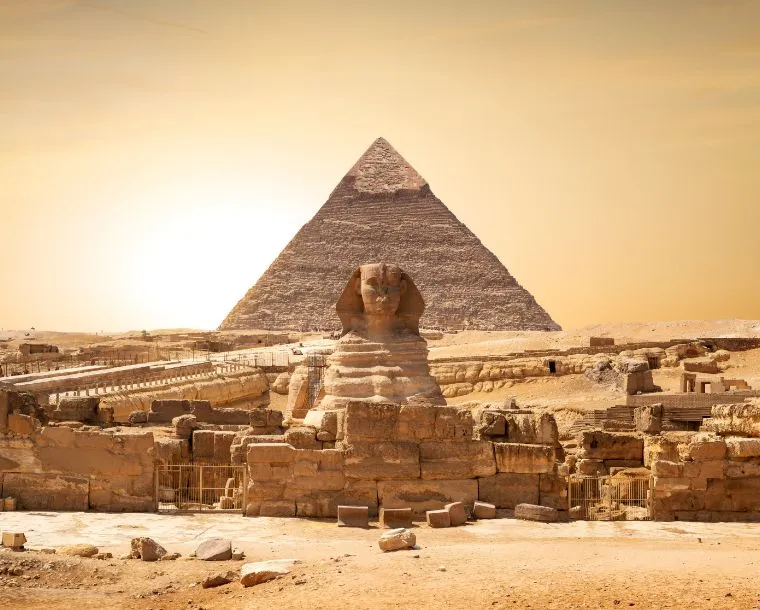
After breakfast, the day is free to explore the most historical ancient city of Egypt with our variety of OPTIONAL TOURS that you can choose from.
Optional tours you can book with us
- Memphis, Sakkara and Dahsur
- Pyramids and Sphinx at Giza
- Horse Carriage City Tour and Nile Felucca Ride
- Sound and Light Show with Dinner and Transfers
Overnight in Cairo .
Day 4
-
INCLUDED
Hotel
Transfer
Meals
Sight Seeing
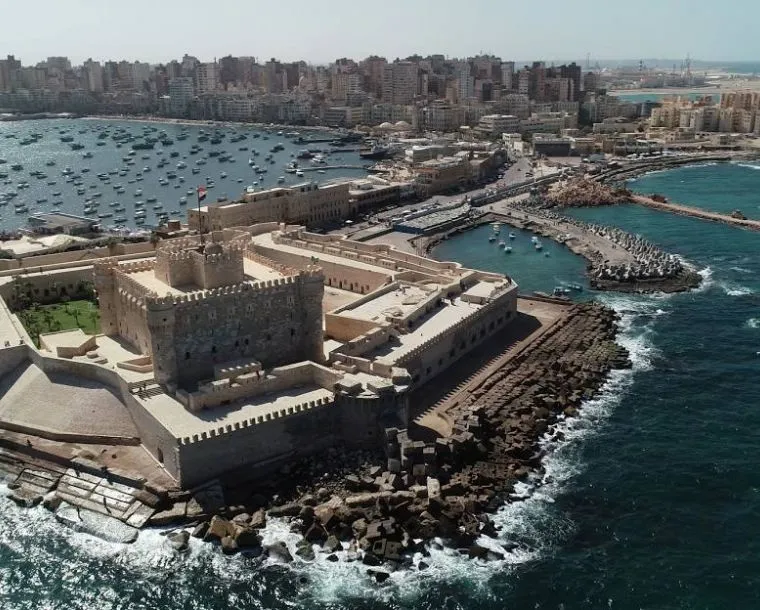
Breakfast at the hotel. Day is free, for you to explore the city at your own pace or you can do an optional tour by visiting other famous historical landmark of Egypt.
Optional tours you can book with us
- Full Day Excursion to Alexandria
- Full Day Excursion to Luxor (by Air)
Overnight in Cairo.
Day 5
-
INCLUDED
Flight
Hotel
Transfer
Meals
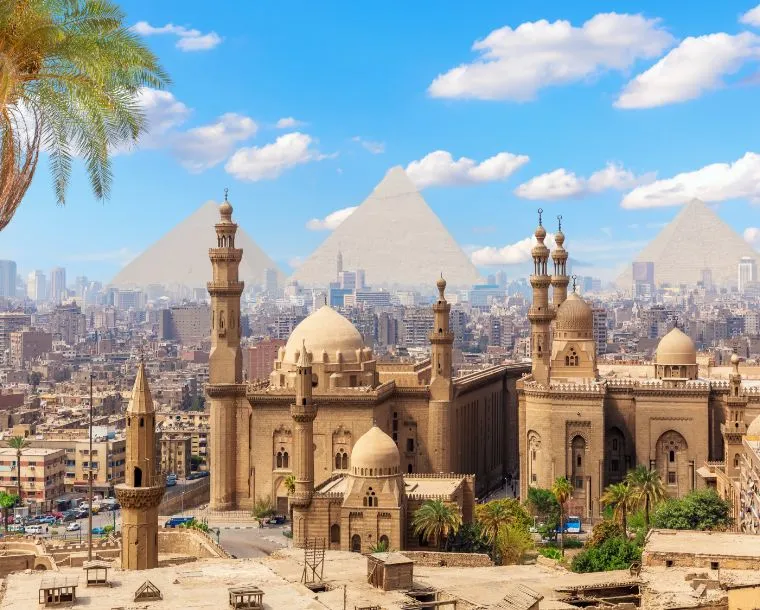
After breakfast. The day is free until checkout time. The driver will pick you up and drop you to the airport for your onward flight.
Tour Cost, Terms & Conditions
Highlights
- AED 2,750/- per person, prices are based on twin sharing.
- Duration: 5 Days / 4 Nights.
- Destinations: Cairo, Memphis, Sakkara, Dahsur & Nile Felucca Ride.- The rates are subject to availability at the time of booking request. In the event if there are rate changes due to increase in Govt taxes, or hotel charges a surcharge, or BAR rates (Best available rates), we reserve the right to amend the rates without notice. The exchange rate is subject to change. Please ensure that you have secured the relevant visa / entry permits & valid passport. The best source of visa information is the embassy of the country itself.
- If you are interested in going ahead with this booking, we would require deposits or payments as follows either in the form of cash or cheque:
- 30 days to 21 days prior to departure date: 50%.
- 21 days to 01 days prior to departure: 100%.
- Prices in this quotation are subject to availability. Al-Tayer Holidays reserves the right to offer services of similar or higher standard based in the event of non-availability at the time of booking, at amended cost. - Please ensure that the names given to us for reservations match the names in your passport, as hotels, sightseeing tour companies are very particular about name changes. Mismatched names may result in heavy amendment penalties. We strongly recommend travel insurance as part of your package – we have excellent rates with the world’s best companies – please let us know if you wish us to add this to your package.
Inclusions & Exclusions
Inclusions
Flights :
- Economy class airfare from Dubai / Cairo / Dubai.
Accommodation :
- 4 nights accommodation in Cairo based on double room occupancy.
Transportation:
Return airport transfer in Cairo on private car.
Sightseeing:
Full day Cairo & Pyramid sightseeing tours.
Meals:
Daily breakfast.
Insurance
Complimentary travel insurance.
Taxes
All airline and hotel taxes.
Exclusions
- Visa fees.
- International airport departure tax.
- Meals not mentioned in the itinerary.
- Items of personal nature viz. telephone calls, drinks, laundry bills, etc.
- Except all above mentioned in inclusion.
Travel Tips
Egypt - a country linking northeast Africa with the Middle East, dates to the time of the pharaohs. Millennia-old monuments sit along the fertile Nile River Valley, including Giza's colossal Pyramids and Great Sphinx as well as Luxor's hieroglyph-lined Karnak Temple and Valley of the Kings tombs. The capital, Cairo, is home to Ottoman landmarks like Muhammad Ali Mosque and the Egyptian Museum, a trove of antiquities.
Trip Planning: The planning stage of your trip can be instrumental in its success and an enjoyable part of the experience itself. You have a world of options...and plenty to consider.
Entry and Exit formalities: Visitors must hold a passport valid for at least six months & beyond at the time of entering the country. Some nationalities can obtain visa on arrival and for nationalities who requires visa please refer to the Egyptian consulate website: https://www.mfa.gov.eg
Transportation: Figuring out how to get around is one of your biggest pre-trip decisions. Get our holiday expert best advice on deciding between your options.
Based on your trip itinerary, our experts will help you choose wisely. You'll also find a wealth of practical travel tips.
Money: Use your money wisely. Know the best time to use cash or card — and how to avoid unnecessary fees either way — as well as tipping etiquette.
Phones and Technology: Phones and other smart devices can be huge time-savers...or expensive distractions. Get our tips for making the best use of technology during your trip, and for calling home with or without your own phone.
Packing Light: On your trip you'll meet two kinds of travelers: those who pack light and those who wish they had.
Sleeping and Eating: Your hotel and restaurant choices can be a matter-of-face chore…or they can provide rich opportunities to connect with locals and their culture.
Health & Hygiene: Take comfort: Doctors, hospitals, launderettes, and bathrooms aren’t that different. Dealing with them can even be part of the fun of travel.
Sightseeing & Activities: Once you're on the ground, the real fun begins…but it pays to have a thoughtful plan. Our experts will help you get oriented to your surroundings, use your sightseeing hours wisely, and find your way off the beaten path.
Get our assistance for easy booking
Want us to call you?Discover & Indulge
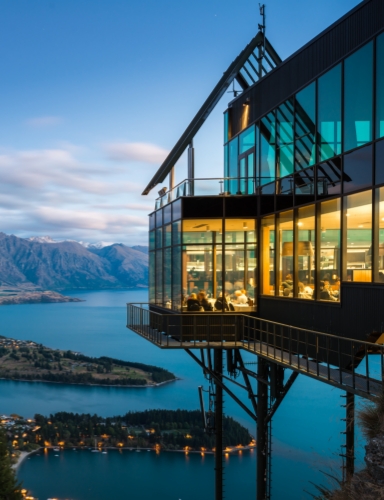
Egypt’s sprawling capital, is set on the Nile River. At its heart is Tahrir Square and the vast Egyptian Museum, a trove of antiquities including royal mummies and gilded King Tutankhamun artifacts. Nearby, Giza is the site of the iconic pyramids and Great Sphinx, dating to the 26th century BC. In Gezira Island’s leafy Zamalek district, 187m Cairo Tower affords panoramic city views.
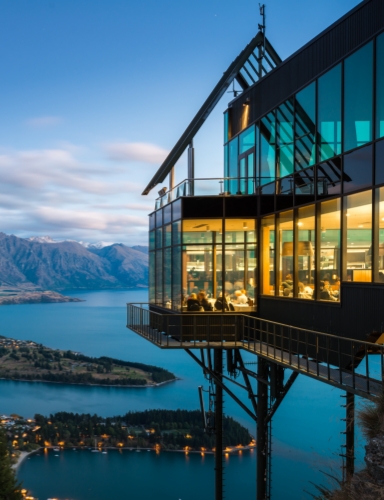
Alexandria is a Mediterranean port city in Egypt. During the Hellenistic period, it was home to a lighthouse ranking among the Seven Wonders of the Ancient World as well as a storied library. Today the library is reincarnated in the disc-shaped, ultramodern Bibliotheca Alexandrina. The city also has Greco-Roman landmarks, old-world cafes and sandy beaches. Its 15th-century seafront Qaitbay Citadel is now a museum.
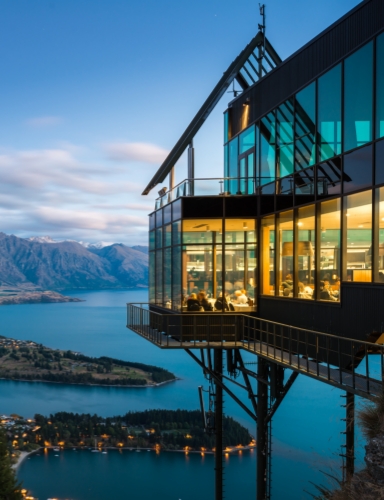
Aswan a city on the Nile River, has been southern Egypt’s strategic and commercial gateway since antiquity. It contains significant archaeological sites like the Philae temple complex, on Agilkia Island near the landmark Aswan Dam. Philae’s ruins include the columned Temple of Isis, dating to the 4th century B.C. Downriver, Elephantine Island holds the Temple of Khnum, from the Third Dynasty.
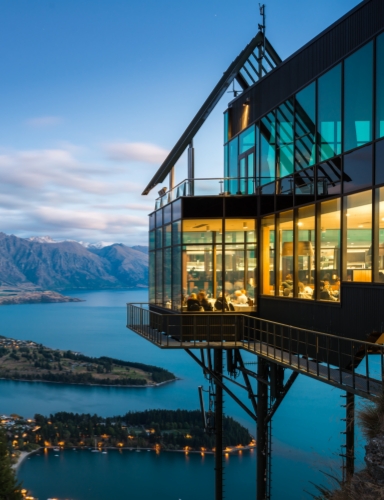
Luxor is a city on the east bank of the Nile River in southern Egypt. It's on the site of ancient Thebes, the pharaohs’ capital at the height of their power, during the 16th–11th centuries B.C. Today's city surrounds 2 huge, surviving ancient monuments: graceful Luxor Temple and Karnak Temple, a mile north. The royal tombs of the Valley of the Kings and the Valley of the Queens are on the river’s west bank.
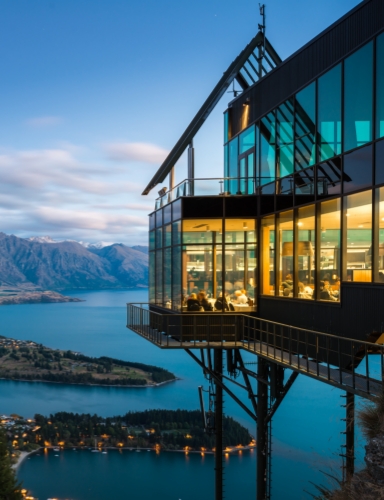
Giza is an Egyptian city on the west bank of the Nile, near Cairo. The Giza Plateau is home to iconic Egyptian monuments, including 3 tall pyramids built as royal mausoleums around the 26th century B.C. The largest, the Great Pyramid, is King Khufu’s tomb. The Great Sphinx is a vast sculpture of a man’s head on a lion’s body. The Solar Boat Museum displays a restored cedar barge found buried near the Great Pyramid.
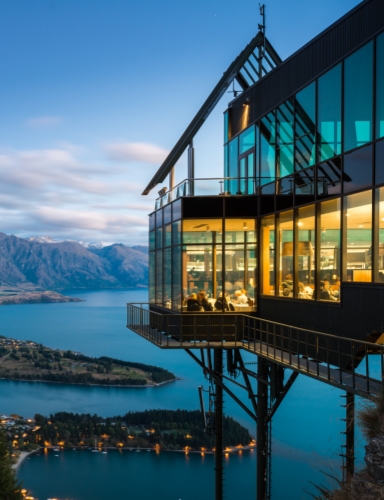
Hurghada is a beach resort town stretching some 40km along Egypt’s Red Sea coast. It’s renowned for scuba diving, and has numerous dive shops and schools in its modern Sekalla district. There are many restaurants, bars and nightclubs, while the old town, El Dahar, is home to traditional Egyptian coffee shops and souks. Hurghada’s long stretch of sandy beach is lined with resort hotels.
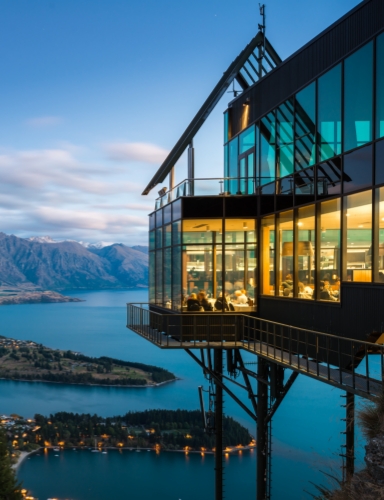
Sharm el-Sheikh-is an Egyptian resort town between the desert of the Sinai Peninsula and the Red Sea. It's known for its sheltered sandy beaches, clear waters and coral reefs. Naama Bay, with a palm tree-lined promenade, is filled with bars and restaurants. Ras Muhammad National Park is a major diving destination, with marine life around the Shark and Yolanda reefs and the Thistlegorm wreck.
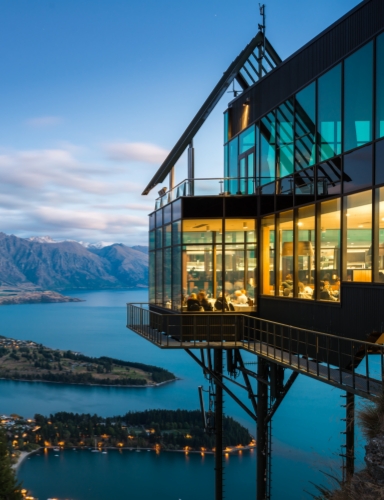
Sinai Peninsula has been a place of refuge for thousands of years. Prophets, nomads, exiles, conquerors, pilgrims and beachcombers alike have all left their footprints in the shifting desert sands.
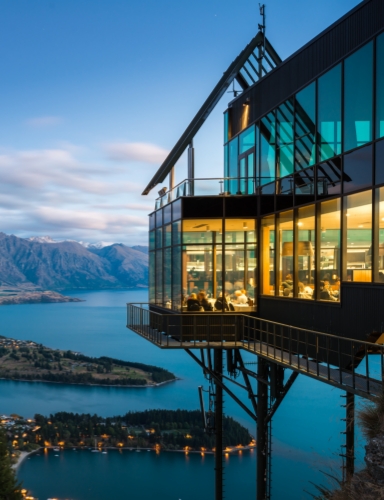
The sheer scale of the Temples of Karnak complex will send shivers down your spine. More than a temple, Karnak is an extraordinary complex of sanctuaries, kiosks, pylons and obelisks dedicated to the Theban gods and the greater glory of pharaohs. Everything is on a gigantic scale: the site covers more than 2 sq km, large enough to contain about 10 cathedrals, while its main structure, the Temple of Amun, is the largest religious building ever built.
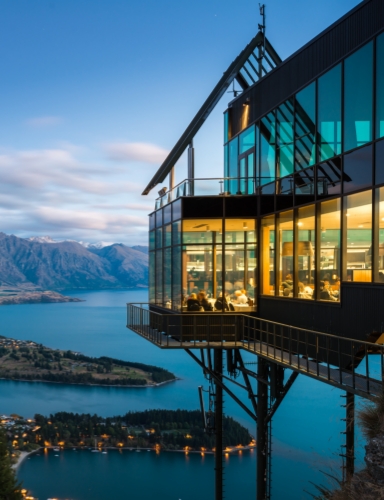
Largely built by the New Kingdom pharaohs Amenhotep III (1390–1352 BC) and Ramses II (1279–1213 BC), Luxor Temple is a strikingly graceful monument in the heart of the modern town. Visit early when the temple opens, before the crowds arrive or later at sunset when the stones glow. Whenever you go, be sure to return at night when the temple is lit up, creating an eerie spectacle as shadow and light play off the reliefs and colonnades.
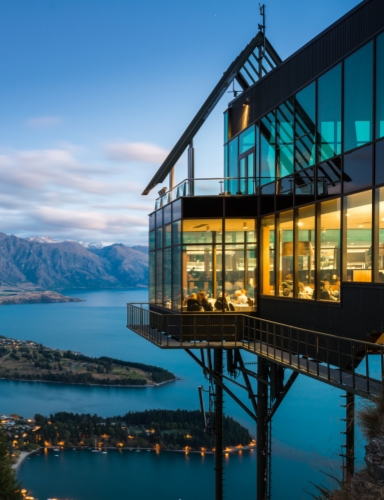
Housed in the former visitors centre on Luxor’s Corniche, the small Mummification Museum has well presented exhibits explaining the art of mummification. On display are the well-preserved mummy of a 21st-dynasty high priest of Amun, Maserharti, and a host of mummified animals. Vitrines show the tools and materials used in the mummification process – check out the small spoon and metal spatula used for scraping the brain out of the skull.
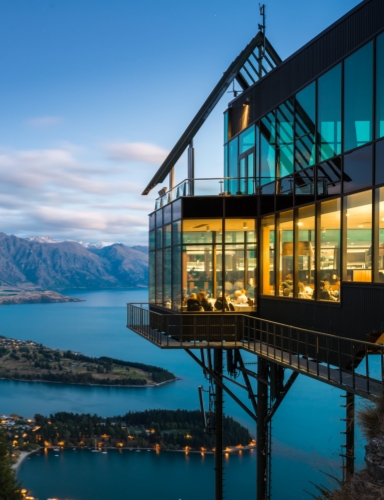
Once called the Great Necropolis of Millions of Years of Pharaoh, or the Place of Truth, the Valley of the Kings has 63 magnificent royal tombs from the New Kingdom period (1550–1069 BC), all very different from each other. The West Bank had been the site of royal burials from the First Intermediate Period (2160–2025 BC) onward. Among others, tombs include the famous Tomb of Tutankhamun, but be warned that the story of the celebrated discovery of the famous tomb and all the fabulous treasures it contained far outshines its actual appearance, and it is one of the least impressive tombs in the valley.

